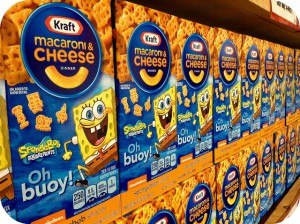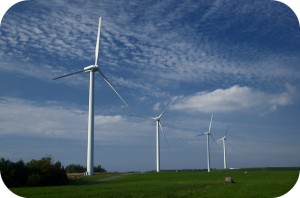This week we looked at the startups that have tried to follow in the disruptive footsteps of the on-demand car service Uber. The following video explores how small companies can disrupt large firms and the ways that the big boys respond.
Questions:
- Why can it be dangerous for companies to focus on small but lucrative customer bases?
- Will startups like the parking service Luxe or even the gasoline delivery company Filld become disruptors like Uber?



 A few years ago, we took a look at
A few years ago, we took a look at 


